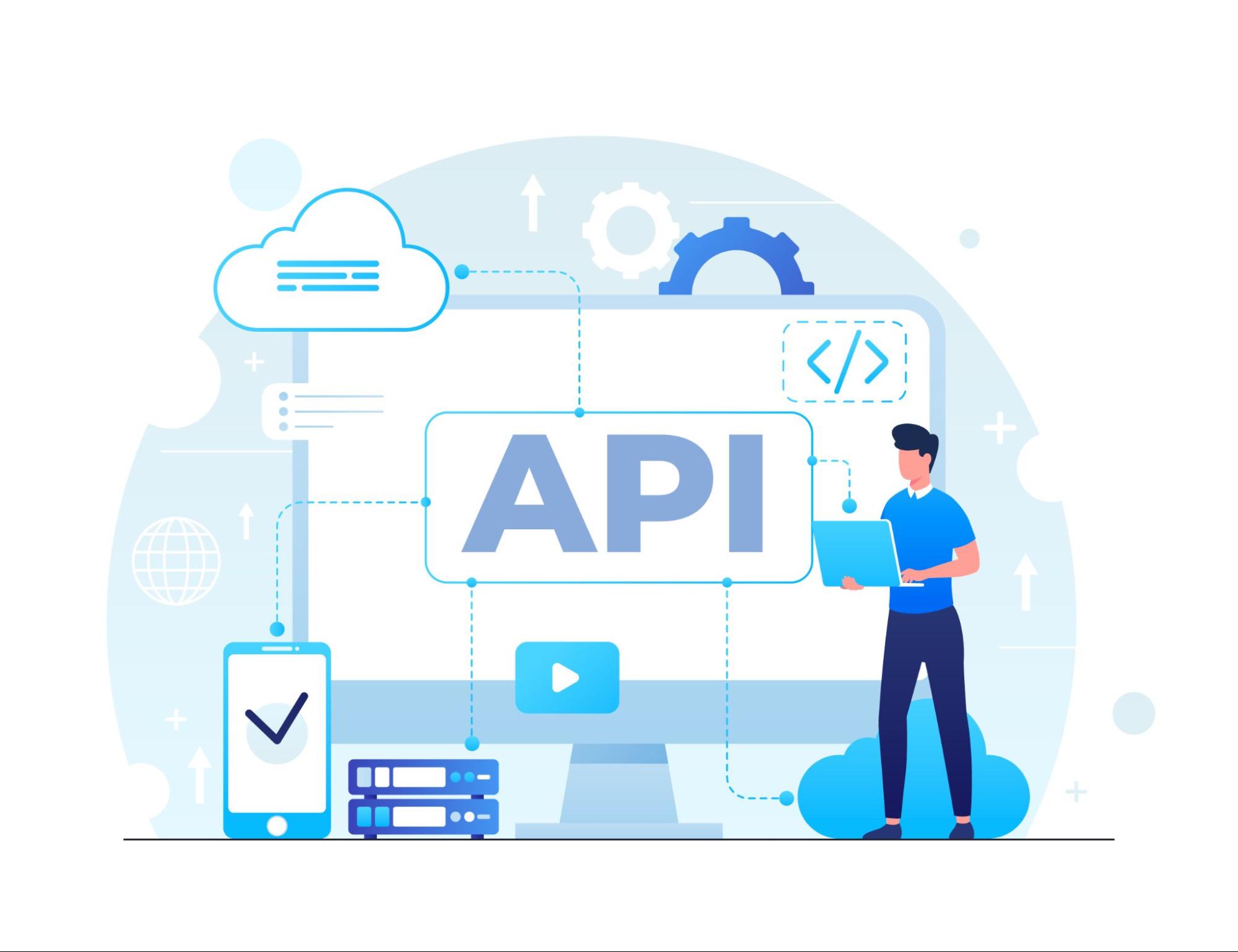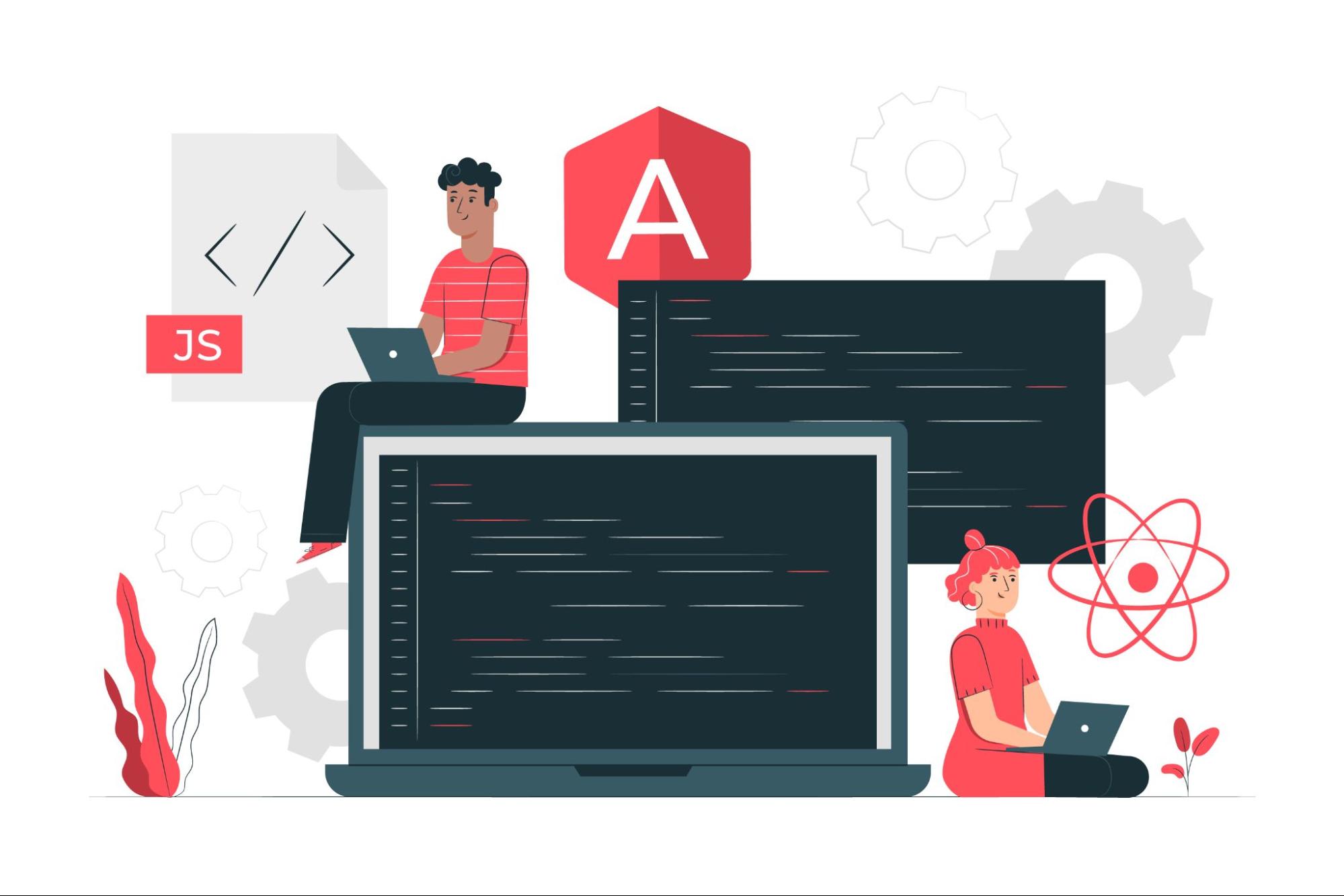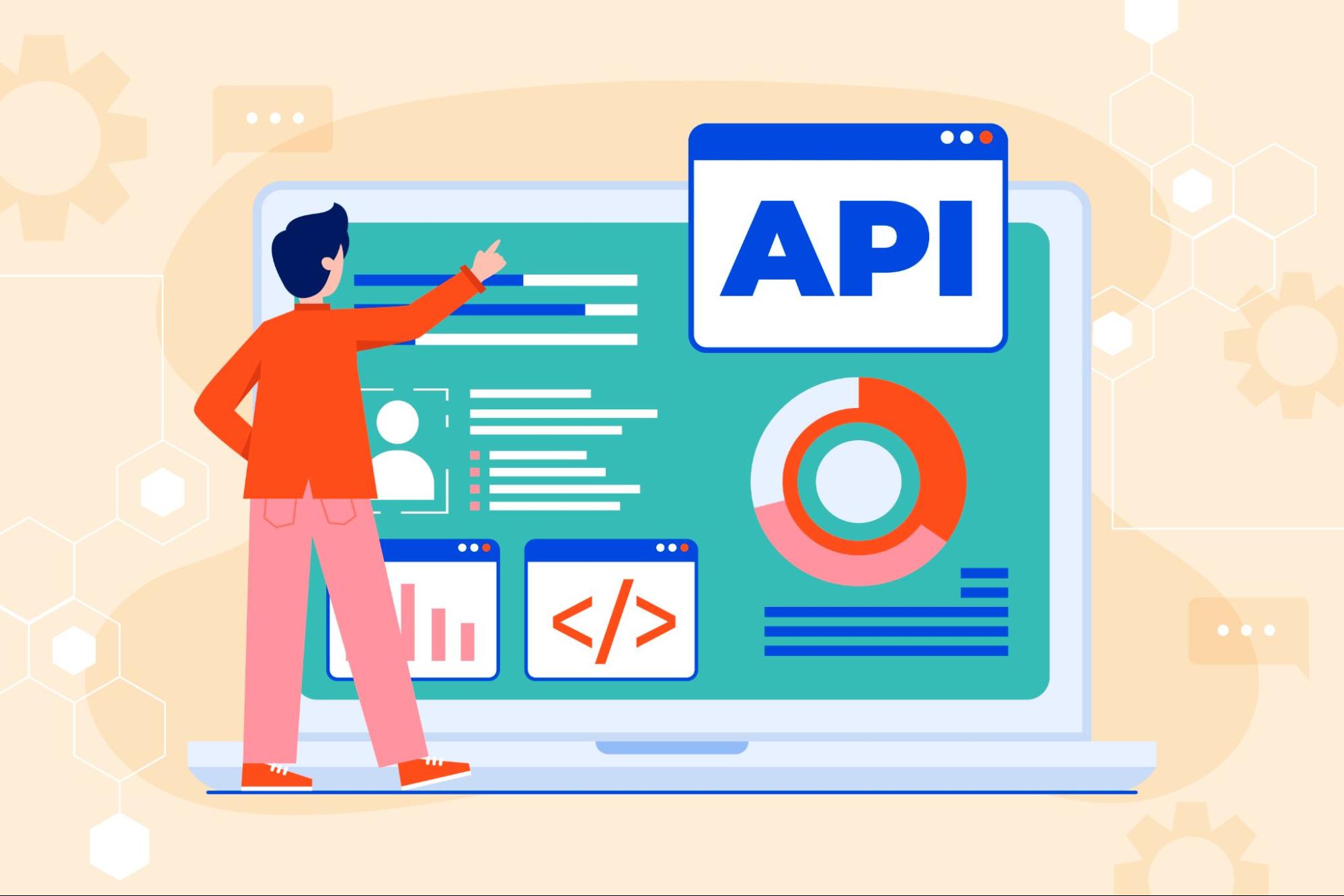Introduction
APIs have become critical components of software development today and are regarded as the backbone of software applications, wherein any other wide range of systems can talk to each other efficiently. As software systems become more complex, their interpreted reliability and performance grow. This is where API automation fits. API testing automation helps validate APIs for functionality, performance, and security. It is a highly significant component of the software development life cycle.
What is API in Testing?
API testing allows one to test the application programming interfaces directly. As part of integration testing to determine whether expected functionality, reliability, performance, and security are met. Since APIs are the middle layer between the user interface and the server, testing them ensures the application logic works correctly. This type of testing differs from traditional UI testing, as it provides entry to the software architecture's business logic layer.
Benefits of API Testing Automation

API test automation has several advantages, including the following:
- Efficiency: Tests are executed at a much faster rate, and thus, they can be run frequently. This is very helpful for both continuous integration and continuous deployment pipelines.
- Consistency: One of the enormous benefits is that automated tests are free of human failure; hence, the results presented are consistent and repeatable.
- Coverage: Automation provides better coverage since more scenarios and edge cases can be tested.
- Speed: An automated API test can execute much higher speeds than human-operated tests, crashing the time needed for testing to an extent.
- Early Bug Detection: Automated tests can be run as the development process is still in its early stages. This helps find and fix the bugs way ahead.
API Testing Automation Tools

Many automation tools are available, varying in their prowess and facilities to make API testing easier. Here are the top API automation tools:
- Postman: Postman is a very well-known tool for API testing. This is a user-friendly interface for creating, sharing, and testing APIs. Postman supports automated testing since it features scripting capabilities.
- SoapUI: SoapUI is a powerful tool for API testing, handling both REST and SOAP APIs with complete test coverage of complex test scenarios.
- JMeter: While way more famous for Performance testing, JMeter does API Testing quite well. It efficiently executes large API Requests, thereby being good at load and stress testing.
- Katalon Studio: This automated testing solution features API, web, and mobile testing in a single bundle. Katalon Studio has a codeless interface that empowers even testers with limited programming skills.
- Rest Assured: It is a Java-based library that focuses on testing RESTful APIs. Rest Assured eases the burden of writing tests efficiently due to its domain-specific language for making API requests and validating responses.
- Swagger: An open-source package for developing APIs, inside which several tools permit testing APIs. Swagger supports automated testing due to its integration with other testing frameworks.
- Optimizory vREST: This is an end-to-end API testing tool that provides all kinds of features for automated testing. Some key features are codeless UI, support of multiple API protocols, and easy integration with CI/CD pipelines.
Steps to Automate API Testing
All of the above follow a specific API testing automation procedure with steps that might be necessary to make it effective. Here's the stepped process of automating API testing:
- Define Test Objectives: Determine what should be achieved from the API test. This could be checking functionality, performance, or security associated with the API.
- Pick the Right Tools: Choose API testing tools that best fit all your needs and seamlessly integrate them into the current workflows used within development and testing.
- Create Test Cases: These are the test cases for development and should be based on the test objectives. Ensure that the set of test cases represents various scenarios, including positive, negative, and edge cases.
- Set up Test Environment: Set up the test environment to be as near to a live environment as possible with all the required setup servers, databases, and other dependencies.
- Write Test Scripts: The scripts are written using the selected API testing tool. Depending on the tool, this may involve some coding or a codeless interface—or maybe both bases are covered.
- Run Tests: These automated tests will be executed in the test environment. This could happen manually or be integrated into a pipeline in a CI/CD for continuous testing.
- Test Results Analysis: Study the test results and check for failures or performance issues. Improve the API and debug the identified bugs.
- Maintain Test Scripts: Keep an eye on your test scripts and update them so that, over time, they continue to be relevant and effective in testing the API.
Challenges in API Testing Automation
Though Automation of API testing has so many advantages, it is not easy and has its definite problems:
- Complex scenarios: Complexities in the case of APIs can be at many levels, such as endpoints, parameters, data formats, and so on. All this complexity makes the task of creating a comprehensive suite of tests quite daunting.
- Data Management: In the case of large and dynamic APIs, managing test data can be challenging. Realism and consistency of test data are essential to perform adequate testing.
- Dependency Handling: Most of the time, APIs depend on other services and components. Handling such dependencies during a test can be tricky and may require mocking or stubbing.
- Security Testing: Guaranteeing API security requires security-oriented testing techniques and tools, many of which are not usually integrated with standard API testing tool sets.
- Performance Testing: All the tools support it. However, it would require more consideration and specialized tools such as JMeter.
Best Practices for API Testing Automation
Finally, to be able to tackle these challenges or fully realize the benefits of API testing automation, some best practices need to be borne in mind, mainly as follows:
- Start Early: The earlier API testing is begun within the development cycle, the better. It allows the identification and fixing of issues at the most reasonable time.
- Automate Gradually: First, automate the most business-critical and often-used APIs, then gradually increase the coverage of your tests.
- Use Realistic Data: Your test data should be realistic and include various scenarios and edge cases.
- Mock dependencies: Apply mocking and stubbing to handle dependencies and ensure consistent test environments
- Integrate with CI/CD: Integrate API tests into your CI/CD pipeline for continuous testing and immediate feedback.
- Monitor and Analyze: Monitor your test runs regularly and analyze them for trends and areas of improvement.
Optimize the leader!
While automation in API testing is critical, choosing the right tool proves decisive in ensuring efficient and practical testing. In this regard, vREST by Optimizory stands out. vREST provides all of the packages in the automation of API testing, with a host of features geared toward making the process easier and more efficient. Testing any API with vREST is easy because of its intuitive and codeless interface. Yet another significant point is that vREST can support different API protocols, making it versatile in various testing contexts. This integrates well with CI/CD pipelines to ensure continuous testing and fast feedback in rapidly evolving development environments and maintain top-quality APIs.
Conclusion
API testing automation is a need in modern-day software development. It offers several efficiency, consistency, and early detection of bug-related benefits. Applying proper tools and best practices will help teams ensure that their APIs meet high standards of quality and reliability. Optimizory’s vREST is one of the most robust and complete solutions for API test automation, offering a comprehensive solution in an easy-to-use fashion that fits perfectly into the modern pipeline of CI/CD. Adopting Optimizory’s vREST would help teams improve their efforts so that API testing allows for better software products to be given to users.




